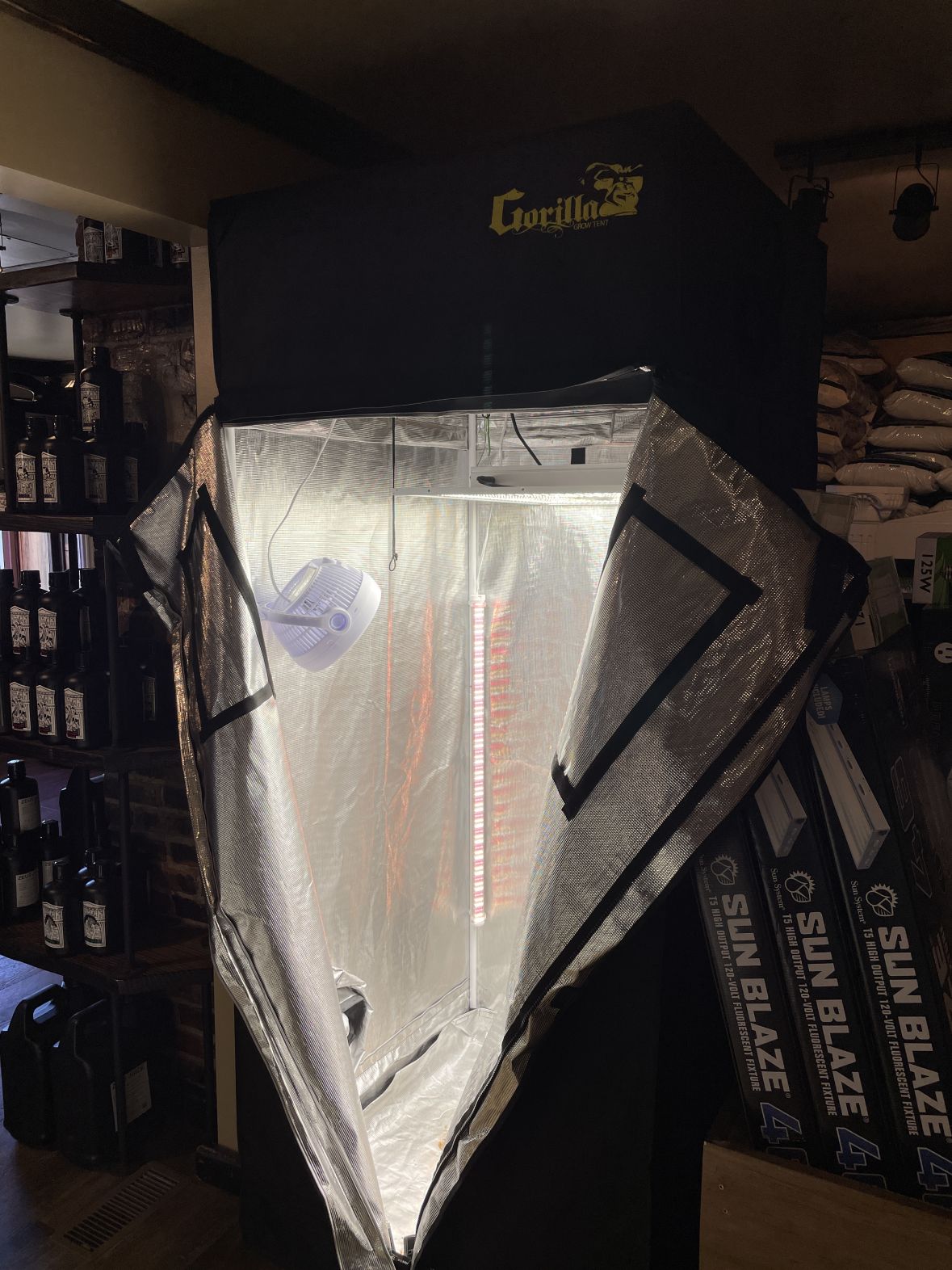Opening the Possible of Hydroponics: Understanding Its Utilizes and Various Kinds
Hydroponics, an approach of growing plants without dirt, has actually gathered boosting interest for its prospective to reinvent agriculture and gardening methods. As we navigate through the intricate landscape of hydroponic systems and techniques, it becomes evident that each method holds unique advantages and limitations.
Benefits of Hydroponic Equipments

Another benefit of hydroponic systems is the capability to grow plants in a smaller sized room. Hydroponic systems minimize the risk of soil-borne conditions and bugs, as there is no soil to nurture these dangers.
Common Makes Use Of in Agriculture

Provided the efficient water preservation and space-saving benefits of hydroponic systems, it is evident that these cutting-edge agricultural methods have actually discovered common usages in different sectors of agriculture. The controlled setting of hydroponic systems enables year-round farming, giving a constant supply of fresh produce no matter of outside weather problems.
Hydroponics is commonly utilized for expanding a variety of crops, including leafed environment-friendlies, tomatoes, cucumbers, strawberries, peppers, and natural herbs. Furthermore, hydroponic systems are made use of in research and educational settings to examine plant development, nourishment, and cultivation strategies.
Exploring Different Hydroponic Strategies
What are the various cutting-edge techniques utilized in hydroponics to enhance crop farming performance and produce? Hydroponic systems use a series of methods that cater to various plant types and growing objectives. One preferred strategy is the Deep Water Society (DWC) system, where plant roots are submerged in a nutrient solution, providing enough oxygen and nutrients. An additional commonly utilized method is the Nutrient Movie Method (NFT), which entails a shallow stream of nutrient service flowing over the plant origins, promoting water and nutrient uptake. Additionally, the Ups and downs system, additionally understood as the Flood and Drainpipe system, periodically floods the plant origins with nutrient option, enabling oxygenation during draining pipes periods. Aeroponics is another sophisticated technique that involves misting plant origins with a nutrient option, optimizing oxygen absorption and nutrient uptake. Each of these methods showcases the flexibility and efficiency of hydroponic systems in boosting crop growth and return.
Comparing Numerous Hydroponic Systems
Discovering the efficiency and return enhancement methods in hydroponics leads us to contrast various hydroponic systems readily available for crop farming. Each hydroponic system has its unique attributes, advantages, and restrictions, making it critical for cultivators to choose the most suitable system based upon their details needs and restrictions.
Among one of the most common hydroponic systems is the nutrient film method (NFT), where a slim movie of nutrient solution constantly streams over the plant origins. This system is treasured for its water performance and suitability for growing leafed environment-friendlies and natural herbs. In contrast, the deep water culture (DWC) system immerses plant origins straight right into the nutrient solution, offering sufficient oxygen and nutrients. The DWC system is cost-efficient and reasonably simple, making it a prominent option for newbies.
One more popular hydroponic system is the ebb and circulation (or flood and drain) system, which occasionally floodings the plant roots with nutrient remedy dig this prior to draining it. By understanding the distinctions between these hydroponic systems, growers can make educated decisions to maximize plant yield and top quality.
Developments in Hydroponic Technology
One vital innovation is the advancement of wise hydroponic systems that make use of sensing units and automation to keep track of and change ecological problems such as pH degrees, nutrient focus, and light direct exposure in real-time. These systems enable accurate control over expanding problems, leading to optimum plant development and greater plant yields.
One more remarkable development is the assimilation of upright farming methods with hydroponic systems, enabling the growing of crops in stacked layers. This vertical technique optimizes room application, making it ideal for city environments where land accessibility is restricted - The Indoor Earthworm. Additionally, using advanced LED lighting systems tailored to particular plant demands has actually improved energy efficiency and enhanced growth rates in hydroponic setups
Technologies like these are driving the advancement of hydroponics, making it a highly attractive and lasting alternative for modern-day farming.
Conclusion
In conclusion, hydroponics supplies many benefits in farming and has different techniques and systems that can be made use of to maximize its potential. Advancements in hydroponic innovation remain to enhance efficiency and sustainability in food manufacturing. By understanding this contact form the usages and different sorts of hydroponic systems, farmers and farmers can unlock the complete potential of this cutting-edge technique of expanding plants without soil.
In addition, hydroponic systems allow for far better control over nutrient levels, pH equilibrium, and ecological conditions, leading to much healthier plants and higher yields.
